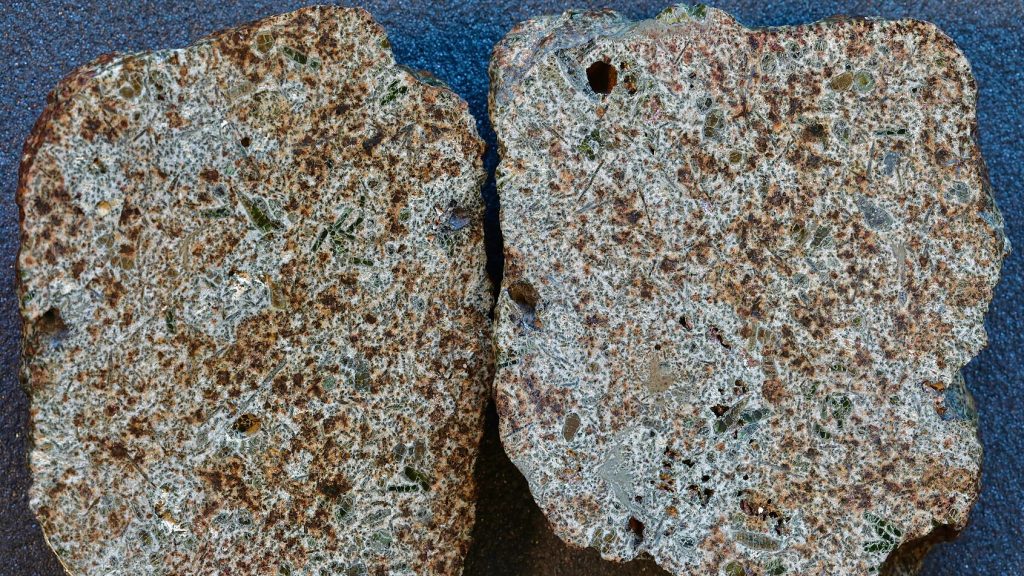The researchers examined a meteorite 4.5 billion years old from the birth of the solar system.
a new one In the study A particularly ancient space rock has been described, as written by A Science alert. Erg Chech 002 and one of its isotopes reveal that the radioactive compounds of exploding stars mixed with the material of our solar system at the end of its formation.
The sun, like all stars, was born from dust and gas. The cloud collapsed due to gravity, creating a young star, and planets were born over time from the remaining material.
Based on the composition of the planets, researchers can infer what the original cloud was made of, but major chemical changes have occurred in the past 4.6 billion years. On the other hand, meteorites and asteroids have remained relatively untouched.
Shish 002 was discovered in 2020 in Algeria. It has already been proven that the space rock is older than Earth and is unlike any known meteorite. The object’s unusual andesite composition points to volcanism. The researchers believe that the rock came from an early planet that stopped forming.
A stable isotope of magnesium, Mg-26, has been detected in the body. This material is a product of the decay of aluminum-26, which is created by the supernova explosion of massive stars.
Yevgeny KristianinovHe and colleagues from the Australian National University measured the distribution of aluminum-26 in the early dust and gas cloud. The meteorite’s age has also been determined to be around 4.5 billion years.
Based on calculations, Erg Chech 002 contains significantly more aluminum-26 than other meteorites, and this result has been interpreted as an uneven distribution of isotopes in our Sun Nebula. According to the researchers, this indicates that material associated with other stars entered the cloud during the late stages of birth.












































